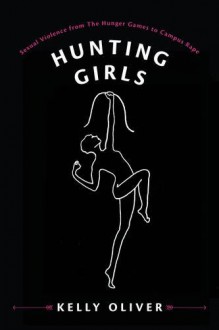
Boise, Alfred Douglas, was a factor in the fall and imprisonment of Oscar Wilde. Douglas Murray’s book attempts to rescue Douglas from being known just for one thing – as Wilde’s boy toy – as well to restore Boise’s reputation as a poet.
Sadly, there is something off about the book.
Murray does have a point in the whole Wilde/Boise affair. At that point, Boise was young and spoiled. He didn’t hold a gun to Wilde’s head, and Wilde was the married man and father.
Yet this point aside Murray does not really succeed in what he sets out to do.
Part of the problem is the sense of vacuum. The book is about Boise, and mostly Boise there really isn’t much sense of the time he lived in or the people who formed part of his story. While background is given about his parents, this is one of the few times that such detail is given. For instance, when Boise’s elder brother’s wife dies it only gets a mention when his brother remarried in the next sentence. When talking about the animosity between Ross and Douglas, Murray chalks it up to simple jealous on the part of Ross, an argument that is hard to fully buy because Murray doesn’t really give any sense of the relationship between Ross and Wilde, but to say they slept together at least once. He also implies that Wilde engaged in homosexual behavior because Wilde and his wife stopped having intercourse as a form of birth control. While such conclusions might be true to present them with little to no support makes them dangerously simplistic.
Another problem is the double standard and Boise as the only honest person. When writing a biography about someone who has been the target of potshots, there is always the danger of making the subject a sinned against saint. While Murray doesn’t go this far, he does come too close. This is due to two things. The first is that he makes it appear that Boise was the only friend to stand by Wilde upon release from prison. He does this, in part, by condemning Constance Wilde for refusing to give her husband an allowance unless he broke it off with Boise. Basically, we are led to be, she is being judgmental and unfair. But this is put forward in a vacuum (Wilde’s fall in this book seems to have had limited impact on his family), and that is part of the problem. The second is the account of Douglas’ translating the Protocols of the Elders of Zion into English. While it is true that Anti-Semitism was viewed differently, why does this only get a very brief paragraph? Why should we avoid judging him when we are encouraged to judge Constance and others who condemn homosexuality by today’s standards?
In fact, this almost cynical and dismissive view of women is consistent. Douglas’ wife is no more than a pawn of her father. Again, there is a vacuum in the detail.
And we are to view Wilde’s affair with Boise differently than we are to view Boise’s affair with a young man. This episode in the biography occurs when Boise is older and has converted Catholicism – so why a homosexual affair, Murray doesn’t really say.
The other main thrust of the book is that Boise is an overlooked poet, who might have been greater than Wilde in some cases. He really doesn’t prove this, and the poetry that he does quote, is rather mediocre. The focus on poetry accounts for the vacuum that weakens the book.


 Log in with Facebook
Log in with Facebook 









